Image credits: NQS Creative and IF Studio.
From the beginning, Windsor was on the cutting edge of development, with its emphasis on compact, walkable neighborhoods, central gathering spaces, and environmental sensitivity. More than 30 years later, this forward-thinking community continues its commitment to New Urbanist principles with its final phase of development, the North Village.
The North Village has been meticulously planned to fit seamlessly into the existing community – but with some carefully considered modifications.
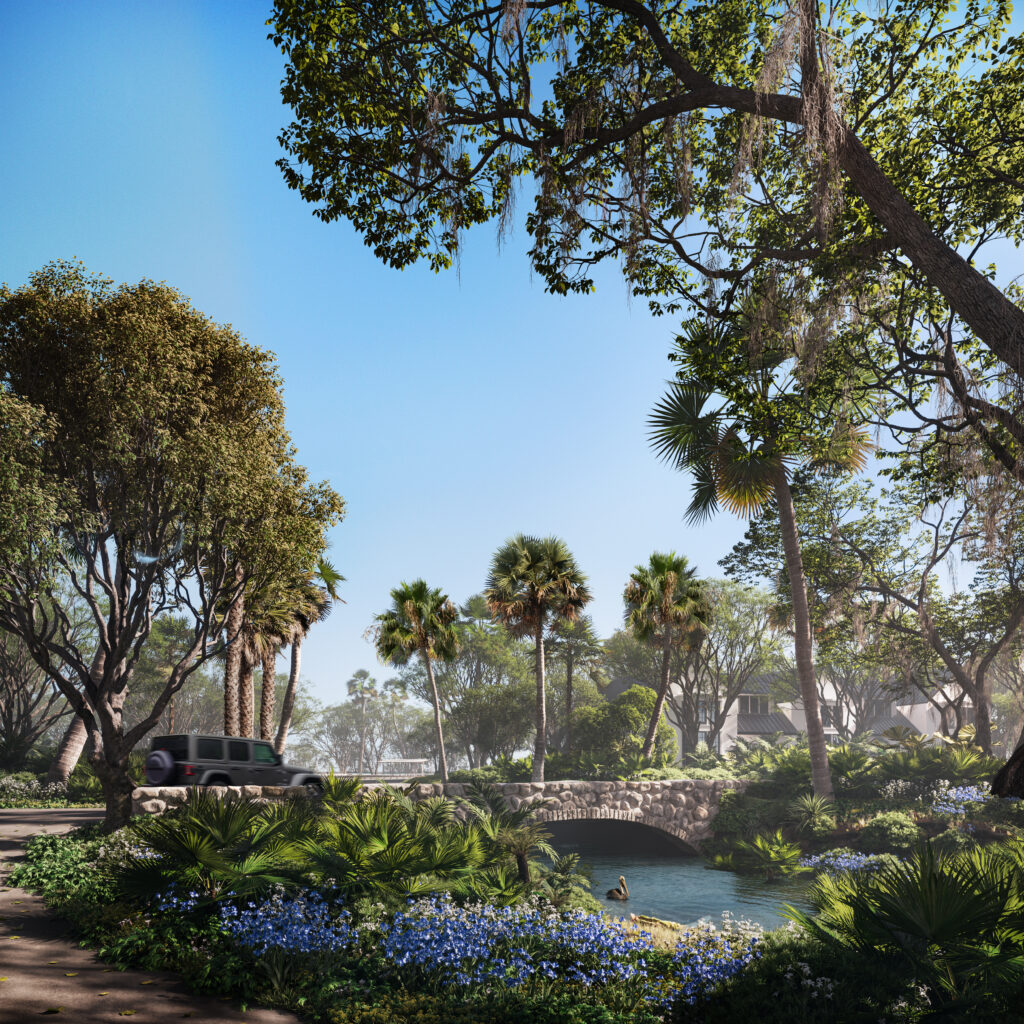
The architecture will continue to have the hallmarks of Windsor’s recognizable Anglo-Caribbean style but will engender a more contemporary aesthetic. Homesites are strategically sited to take advantage of views of water and green spaces without sacrificing privacy. Amenities will be exceptional. But this new neighborhood, bordered by the Pelican Island National Wildlife Refuge and the Indian River Lagoon, aims to give nature a starring role. Almost half of the 47 acres will be dedicated to green space reminiscent of Old Florida.
With guidance from a top-notch team of design and development experts, Windsor has tapped Maggie Tsang and Isaac Stein of Dept., a landscape and urban design studio in Houston, Tex., to help Windsor create complex habitat through wetland creation and native plant selection.
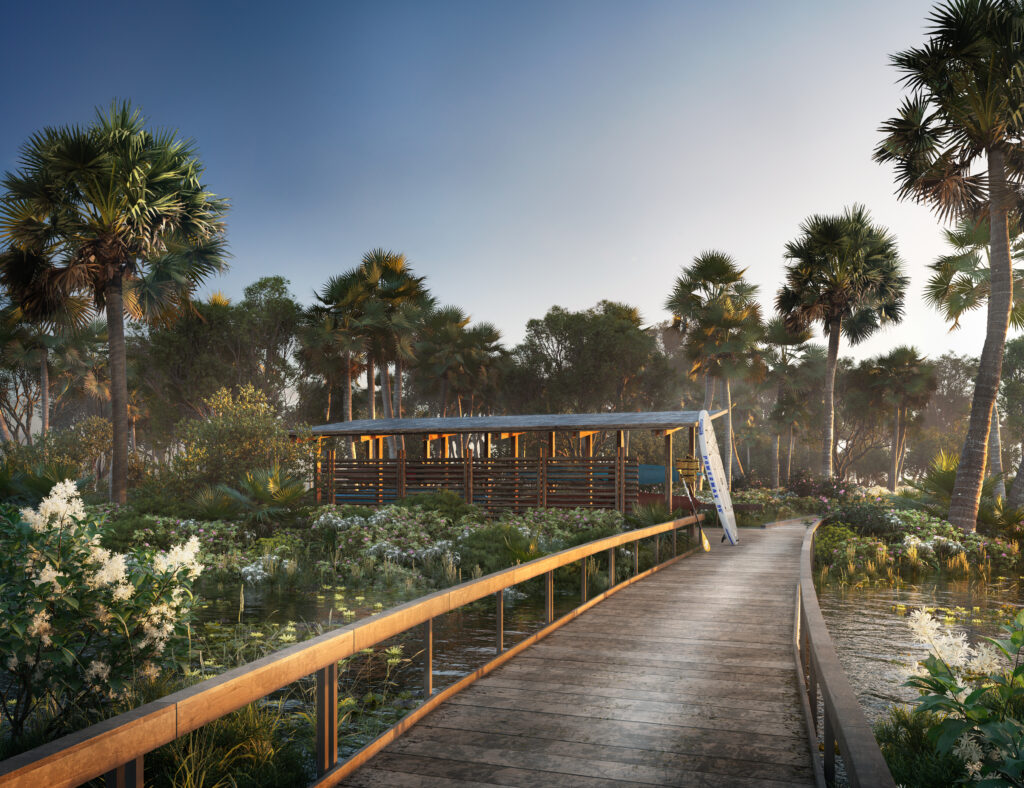
“The North Village is a special opportunity to reimagine how residential communities can be stewards of the environment and strengthen the fragile ecosystems of the Indian River Lagoon,” Stein says.
The design duo, known for work that balances creativity with pragmatism, is helping Windsor create a landscape for the North Village that will bolster biodiversity and reduce resource-intensive landscape maintenance.
Windsor’s idyllic setting nestled between the Indian River and the Atlantic Ocean makes it a haven for osprey, pelicans, otters, turtles, and other wildlife. To protect these creatures, Windsor’s North Village will feature a sparkling freshwater lake encircled by native plantings that filter runoff and attract birdlife. An estuary will connect the Indian River Lagoon and create a wetlands environment.
While Windsor’s Village Centre was designed to encourage residents to interact with each other, the amenities in the North Village will inspire residents to interact with nature as well.
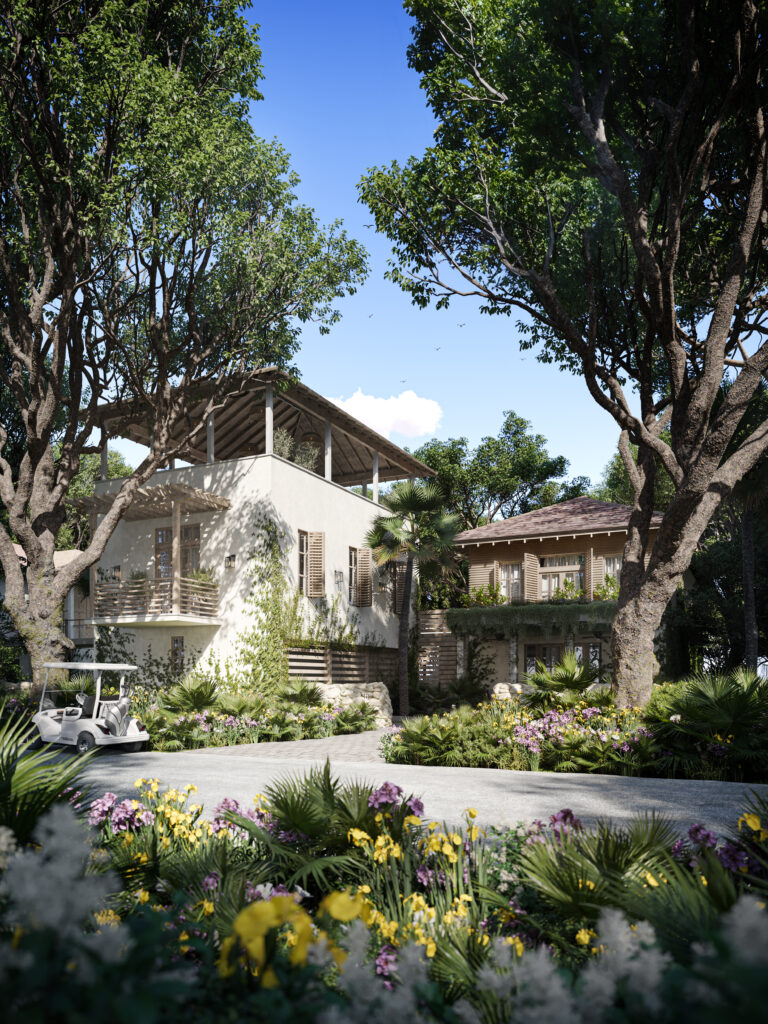
A network of paths, including boardwalks that extend out into the estuary and lake, will encourage walking, jogging and horseback riding. The lake’s island will serve as a rookery. On the estuary island, Windsor is expanding its arts program into the North Village with permanent art installations.
Residents will have storage for kayaks and a dock where they can launch into the lagoon. A viewing tower will showcase sweeping views across the mangroves towards the water and is expected to become a favorite gathering spot for morning coffee or a cocktail at sunset.
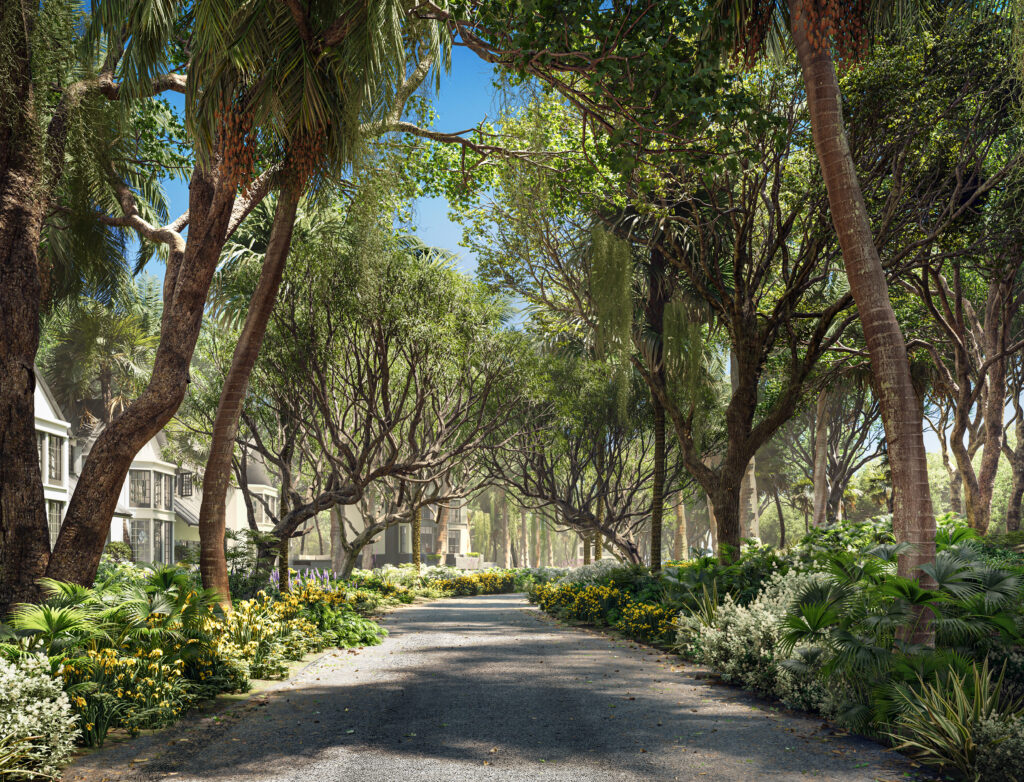
An anchor amenity and social hub in the North Village will be the new 12,620-square-foot Fitness and Wellness Centre that will function as a traditional gym with studio space for cardio, strength, and flexibility. The new facility also will house rooms set up for luxurious spa treatments, a juice bar, and cozy spaces for relaxation. To foster a sense of connection with nature, fitness programming will extend outdoors.
The North Village will be comprised of 34 single-family homes and six Row Houses. To reduce their ecological footprint, all homes in the North Village will be required to achieve a level of certification through a program created by the Passive House Institute US (Phius), which aims to create safe, resilient, comfortable, and energy-efficient homes.
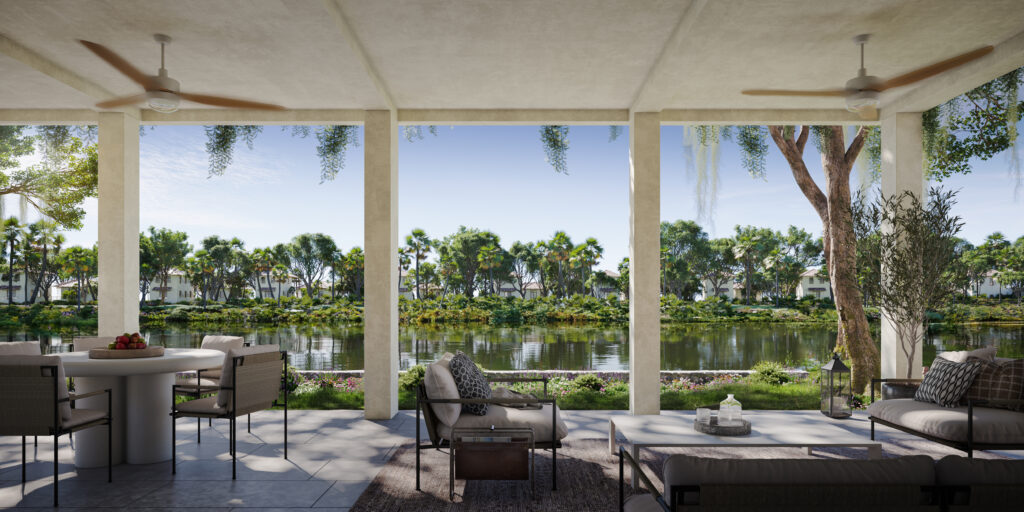
More than 30 years ago, Galen and Hilary Weston worked together to establish Windsor as a seaside community that would employ the best ideas from the past but with an eye toward the future.
Today, Alannah Weston and Hilary Weston are leading the realization of the North Village. “We asked ourselves what a community for the future should look like in the context of a climate and biodiversity crisis,” says Alannah Weston. “Our goal was to embed sustainability in every aspect of this project.”

